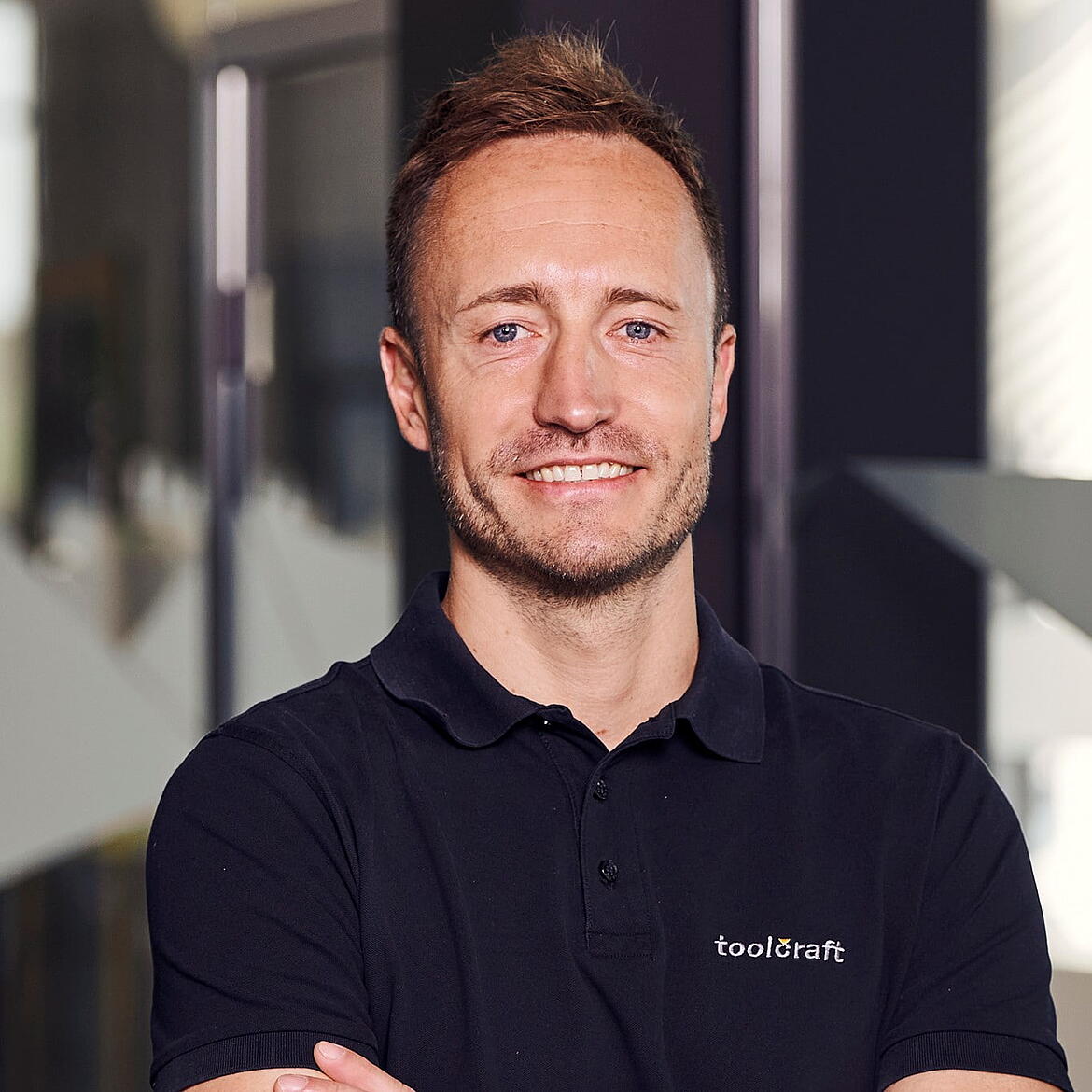Initial Situation:
The use of patient-specific implants is becoming increasingly important due to the greater chances of success following medical intervention. However, this practice has not yet been established in the field of orbital reconstruction. This is due to the long throughput time for the production of these implants. A CT scan must be performed and the data from this scan must then be transferred to a CAD model before the part can be manufactured and post-processed. The complex chain of communication between the doctor and the service provider is one of the main factors contributing to this long throughput time. Additive manufacturing as a possible production process enables highly precise and customised implants to be produced within a very short space of time. When combined with a suitable process chain, additive manufacturing can significantly reduce the throughput time for the production of medical implants.
Goals:
The aim of the research project is to combine a continuous, digital process chain with additive manufacturing to enable fractures in the orbital region to be treated precisely and quickly. The intended end-to-end digital process chain to reduce throughput time includes all fundamental steps, ranging from the indication for treatment based on computed tomography data and finite element simulation (FEM) to the (partially) automated generation of the geometry, including the necessary preparation of the data for additive manufacturing. In addition, a novel positioning system is to be developed for positioning the implants. This positioning system uses non-invasive reference markers and minimises the patient’s exposure to radiation.
Process:
The first step involves defining the requirements for the orbital floor implants, creating a list of required properties and pre-selecting marker concepts. In addition, the process to be followed during the production of the implants using the laser powder bed fusion (L-PBF) additive manufacturing method is to be developed. The surface properties, distortion behaviour and structure resolution will be examined in more detail. Other important steps include the formulation of the digital process chain (interfaces, processing of process data) and the positioning system. Various demonstrators and test specimens will be manufactured, on the basis of which the mechanical properties will be investigated and the microstructure and geometric properties analysed. Finally, the results of the project will be preclinically validated using real case data. Among other things, orbital floor reconstructions will be performed on replica skulls, the accuracy of fit of the implants and the functionality of the positioning system will be checked and the throughput times will be analysed.


